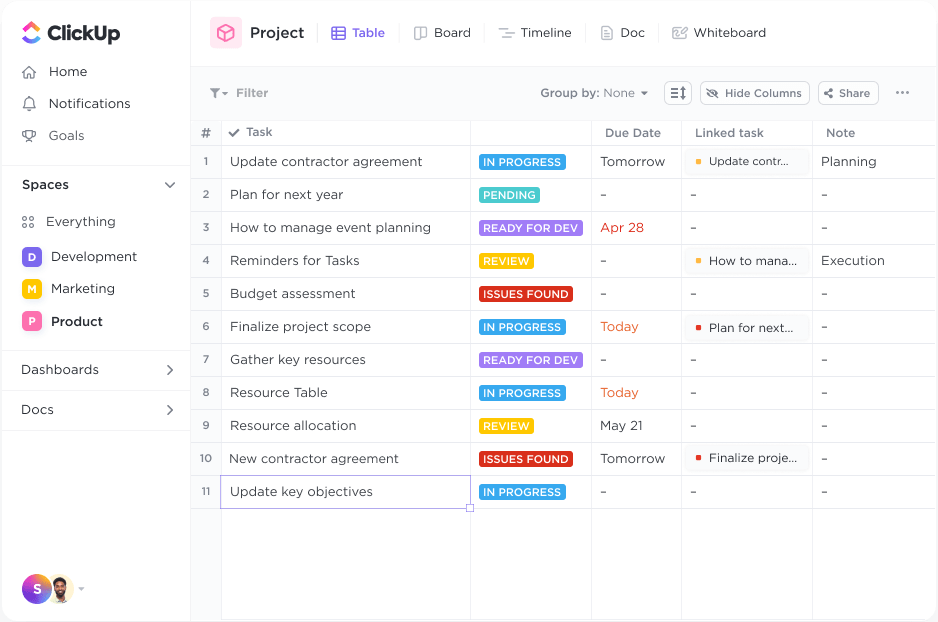Excel Sheets Live in Teams: Step-by-Step Guide

Collaborative work has become the cornerstone of modern productivity, and Microsoft Excel combined with Microsoft Teams offers a seamless environment for real-time data analysis and decision-making. This guide will explore how you can leverage Excel spreadsheets within Teams to foster collaboration, manage projects, and enhance team productivity.
Setting Up Excel Live in Teams

Before diving into the specifics of using Excel live in Teams, ensure that:
- You have a Microsoft 365 subscription with access to Excel Online.
- You are part of a Microsoft Teams team where you have appropriate permissions.
Adding Excel to a Team

To integrate Excel into your Teams workspace, follow these steps:
- Open Teams: Log into your Microsoft Teams account.
- Go to Files: Navigate to the "Files" section either in a specific team or channel or from the left-hand menu.
- Upload or Create: Click "New" to create a new Excel workbook or upload an existing one from your local storage or OneDrive.
Accessing Excel Live

Once your Excel file is in Teams, you can access it in various ways:
- Click on the Excel file within the Files section to open it in a new tab, where collaborative editing is enabled by default.
- Use the "Edit in Excel" or "Open in Excel Online" option for a more traditional editing experience with the ability to save changes to Teams.
Sharing the Excel Sheet

Sharing Excel documents in Teams is straightforward:
- Right-click on the file and choose "Share" to add team members, set permissions, or generate a sharing link.
- If the file is in a channel, all members of that channel can already view it, but you can adjust permissions for editing rights.
🏀 Note: Ensure that the channel where you add the Excel file is appropriate for the team members who need access to the data.
Collaborating on Excel Sheets

Simultaneous Editing

One of the most powerful features of using Excel in Teams is the ability for multiple users to edit the document at the same time. Here’s how it works:
- When multiple users have the document open, you’ll see cursors and edits in different colors for each user.
- Changes are saved automatically; however, you can still manually save if you prefer.
Comments and @Mentions

Communication within the Excel sheet is enhanced with these features:
- Comments: Add comments to specific cells to provide context or request clarifications from team members.
- @Mentions: Mention team members in comments or chat to notify them of specific issues or updates.
Managing Versions and History

Version Control

Teams keeps track of document versions, allowing you to:
- See a list of previous versions with the option to restore if needed.
- Choose who can access and edit different versions of the document.
File History

To view the file history:
- Right-click on the file.
- Choose “Version History.”
- You’ll see a list of versions along with who edited them and when.
Integrating Excel with Teams Features

Connecting Excel to Teams Meetings

Excel sheets can be pivotal during meetings:
- Share your screen with the Excel workbook open to walk through data or analysis.
- Pin the Excel tab to your meeting for quick reference or real-time updates.
Real-Time Data Collaboration

Teams excels in providing real-time data collaboration:
- Use Excel for real-time data entry, analysis, and decision-making.
- Excel’s formulas and PivotTables work seamlessly in Teams, allowing for quick insights.
🏀 Note: Ensure that you are connected to the internet, as Excel Live in Teams requires an online connection for real-time updates.
Advanced Features

Using @Microsoft Loop Components

Microsoft Loop components enable you to create, share, and co-edit content across multiple Microsoft 365 applications:
- Insert a Loop component into your Excel sheet to share a table, list, or paragraph with live updates.
- Your team members can view and edit this component from their Teams app or other Microsoft 365 tools.
Security and Permissions

Securing Excel in Teams
Maintaining security in collaborative environments is paramount:
- Set up permissions to control who can view or edit the Excel document.
- Use sensitivity labels for data classification to protect sensitive information.
🏀 Note: Regularly review and update permissions to ensure the right people have access.
As we conclude, it’s clear that combining Microsoft Teams with Excel provides a robust platform for teams to collaborate in real-time. The ability to share, edit, and analyze data with immediate updates can greatly enhance decision-making processes and project management. This guide has outlined how to set up Excel live within Teams, manage versions, integrate with meetings, and leverage advanced features like Loop components. Teams and Excel together empower teams to work smarter, not harder, by ensuring that all members are informed, engaged, and able to contribute effectively to shared goals.
Can I collaborate on Excel sheets without an internet connection?
+No, Excel Live in Teams requires an internet connection for real-time collaboration. You can use offline features in Excel, but real-time collaboration is not supported without an internet connection.
How can I prevent others from making unauthorized changes in my Excel document?
+You can control editing permissions in Teams, allowing you to set who can edit or only view the document. Additionally, you can use sensitivity labels to add an extra layer of protection.
What if there are conflicts while multiple users edit the same cell simultaneously?
+Excel will flag a conflict, and users will be prompted to choose which change to keep or merge. It’s designed to handle these situations gracefully to minimize data loss.